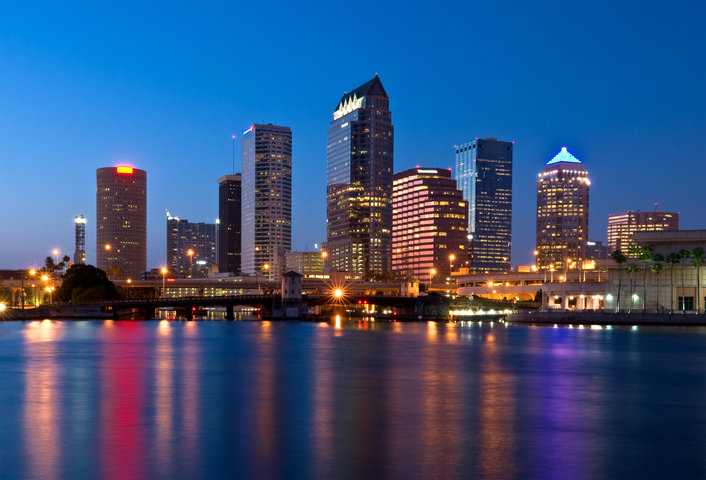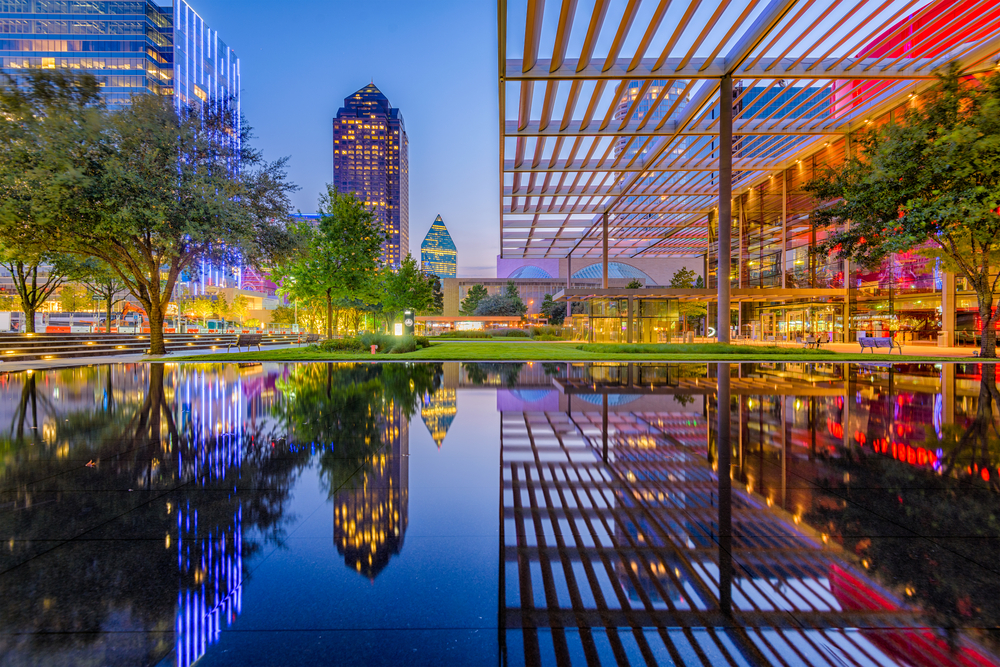Uncertainty Ahead
For U.S. Office Market
February was the last month of the record long economic recovery before U.S. office workers were largely asked to work from home, which will likely have long term implications for the national office market, Yardi Matrix reports in this month’s National Office Report. The rapid growth of COVID-19 has made it clear the economy has […]




